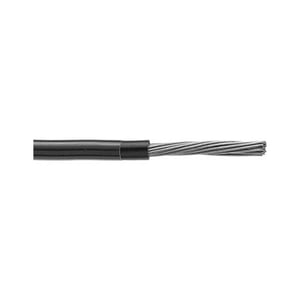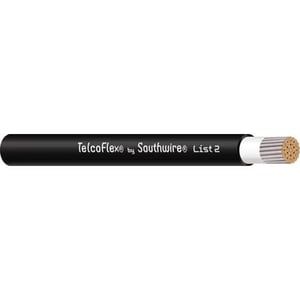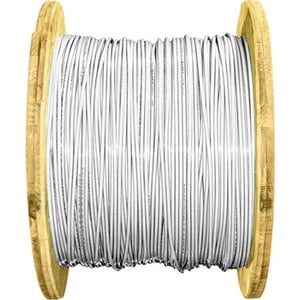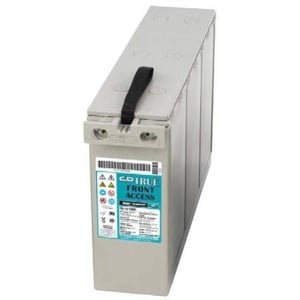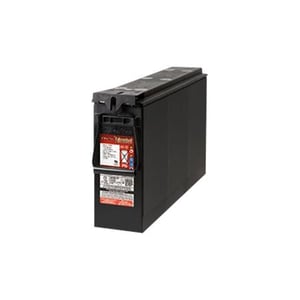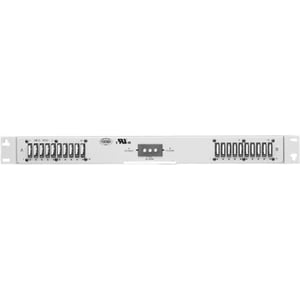Understanding Network Power Systems
Also known as a network power supply, a network power source provides electrical power to network equipment and devices through power transmission. Some common applications for network power sources include communication facilities, data centers, and other networking industries. Radio Gagas understands that network power sources are critical to providing an uninterrupted power supply. Common equipment that benefits from network power sources include routers, servers, storage devices, and switches. These sources are crucial for power system protection during power fluctuations and outages to maintain network availability and stability.
Types of Network Power Sources
Now that we know what a network power source is, it is important to understand the different power transmission types and their applications. The experts at Radio Gagas explain specific applications and how they depend on factors including equipment type, power requirements, and network size. Supply types include:
AC Power Source
Alternating current (AC) power sources deliver energy to power equipment connected to a network. AC power transmission is the most common network source for homes and businesses. AC power works by periodically changing the direction of the charge. On average, it reverses the current at a rate of 50 or 60 Hertz. Typically, they are connected to the network, or grid, comprising distribution, power generation, and transmission systems. This helps to deliver power from the plants to the user. Depending on the power requirements of the equipment, AC power sources provide different levels of voltage. For residential uses, the voltage levels are usually 120 volts or 240 volts. Commercial and industrial uses are usually 480 volts or 11,000 volts.
DC Power Source
Unlike AC power sources, direct current (DC) power sources deliver electrical currents by maintaining a constant flow of energy in one direction. This provides a steady stream of electricity from the positive terminal to the negative terminal. Because there is no reverse current involved with DC power sources, there is no current rate. Batteries, both rechargeable and non-rechargeable, are the most common types of DC power sources. Depending on the application, DC power provides different voltages. Common voltages include 3.3 volts, 5 volts, 12 volts, 24 volts, and can go higher. Rectifiers are another example as they convert AC power into DC power. Electronics and telecommunications equipment are two applications that operate on DC power sources.
Renewable Energy Sources in Networks
As we look to reduce our carbon footprint, renewable energy sources in networks continue to grow in momentum. Not only do they reduce carbon emissions, but these sources also help to increase energy efficiency and sustainability. The most common renewable energy sources in networks include:
Solar Energy: Photovoltaic (PV) panels capture sunlight and convert it into electricity. Common applications include remote monitoring programs and wireless access points.
Wind Power: Turbines convert the energy the wind produces into usable electricity. Common applications include data centers and telecommunications facilities.
Depending on your networking needs, harnessing renewable energy sources requires careful consideration of grid compatibility, resource availability, and source demand.
Key Components of Network Power Systems
Several components work closely together to supply efficient and reliable power to a network system. No matter the source that you use, it is most critical to consider your power supply unit (PSU). PSUs are the most essential component of power system protection and voltage monitoring. With their built-in components, they can convert their electrical components.
Installation and Maintenance of Network Power Systems
Efficient network supply to a power system requires maintenance installation to encourage critical network and infrastructure supply. Installation steps include:
Evaluation: Decide the ideal place for your system. Are there obstacles you need to navigate? Are there extra elements (security, infrastructure, etc.) you need to install?
Define Needs: Take a look at your current system and evaluate how you want to improve it.
Develop Design: Plan your configuration, connection, and integration. Consider the parts and components you need.
Installation: Follow your earlier plans closely to increase efficiency. Consult a professional, if necessary.
Testing: Link and train devices to effectively communicate with the network and each other.
Maintenance: Over time you may need to repair, replace, or upgrade cables and hardware for damage or compliance.
Future Trends in Network Power Systems
As network power systems continue to evolve, so do the demands for energy efficiency and sustainability. Developing systems that provide the backbone to power sources is crucial to any business and every industry that requires power system protection. Radio Gagas reaches beyond algorithms. Our incredible team connects a new way – forward. We remain the premiere destination for everything in communication. If you have any questions about our network power capabilities or any of our other services, contact us online or call us at (630)-354-8008 today!





